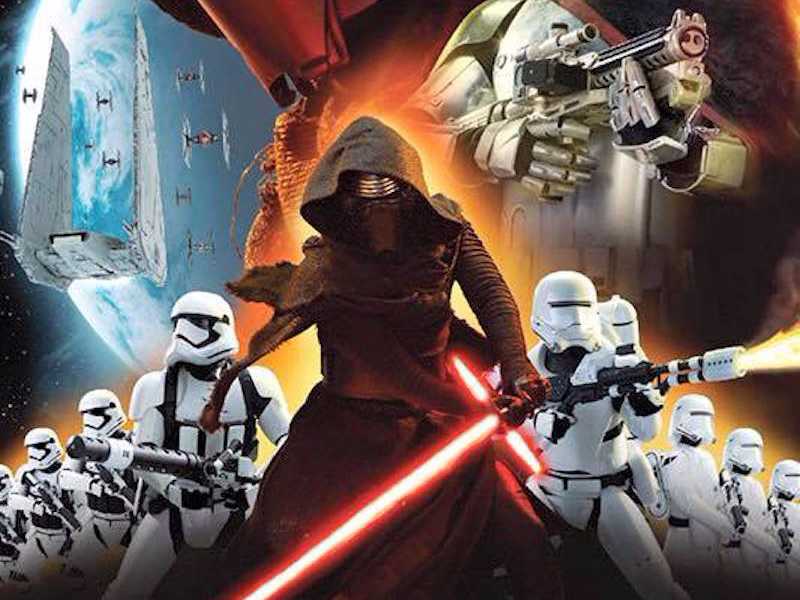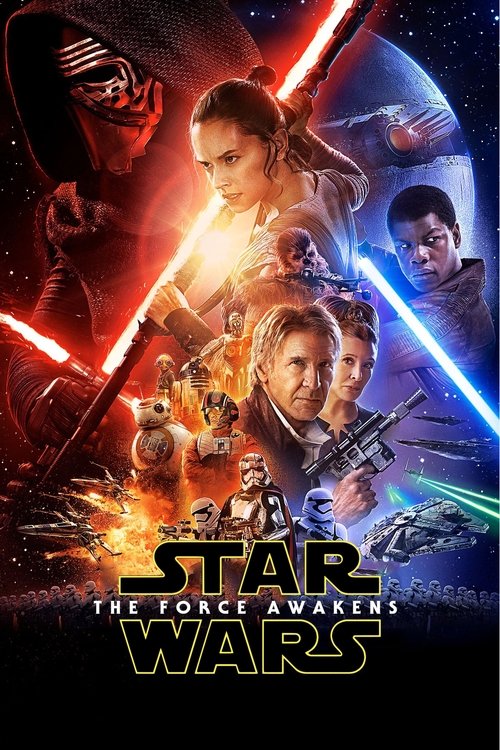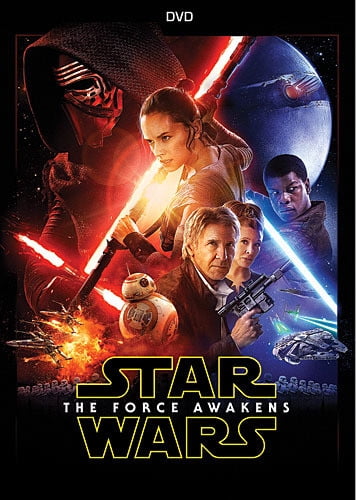
ILM's visual effects were outstanding, and rightly won an Academy Award. Peter Suschitzky's photography is more conventional and low key in approach than A New Hope, but is particularly effective on the Dagobah scenes in Elstree Studios, and the location scenes in Norway.

Editing is excellent, led by Star Wars veteran Paul Hirsch, but it is known that both George Lucas, and his then wife Marcia were also heavily involved in putting the film together. The whole point of the scene was that the dialogue as strong enough without the need to ram an unsubtle visual at the audience. However, I was disappointed in the reworked scene with Palpatine in the special edition - while putting the excellent Ian McDiarmid was supporting continuity, to show him face on was, in my view an error and the reworked scene would have played much better with his face shrouded, or at the least partially obscured. John Barry, who had worked on the previous film, passed away during the production, but Norman Reynolds led the team superbly, with the excellent creations of Dagobah and Hoth, albeit Bespin in the original does feel a bit like a set, and the digital embellishments in the special edition were helpful in creating a bigger feel to those scenes. Credit has to go the Oscar nominated Art Direction team. Technically the film is even more impressive than its predecessor. The confrontation with Luke Skywalker is riveting and dramatic and elevates the film above the level of its predecessor.

Darth Vader benefits from this with scenes in the film that add to the mystique of the character. Kershner is very good at keeping the performance naturalistic, but reduces the level of broadness in the characters, making them more complex and interesting. It was time well spent in getting these performances right. This is totally convincing and builds up the confrontation with Darth Vader very well. The same goes for Mark Hamill's interaction with Yoda(Frank Oz). One senses that Kershner, as a director of character driven films, worked very effectively with the actors and gave them the space to develop their characters which meant plenty of choices for the director in terms of their performances. The banter between Harrison Ford and Carrie Fisher is highly effective and amusing, operating through the classical love-hate relationship. What makes this film so great though is the involving and effective way the relationships operate within the broader story.


There are other characters, but whereas C3P0 and R2D2 were a central part of the story in the previous film, they are more on the sidelines. This relationship is also linked in to the main supporting character in this film, Yoda, who is fantastically well realised by the film crew and performed brilliantly by Frank Oz. The other is the more central relationship between Darth Vader and Luke Skywalker. The first is the relationship between Han Solo and Leia Organa, which is touched upon in a New Hope, but is fleshed out more in this film. The plot moves quickly, from an interesting script by Leigh Bracket and Larry Kasdan, focusing on exploring two key relationships. Congratulations have to go to line producer Gary Kurtz and director Irvin Kershner in pushing the production to out-perform A New Hope, even though the consequence was a film that came in massively over budget, and almost cost Lucas his hard fought independence from the Hollywood system.


 0 kommentar(er)
0 kommentar(er)
